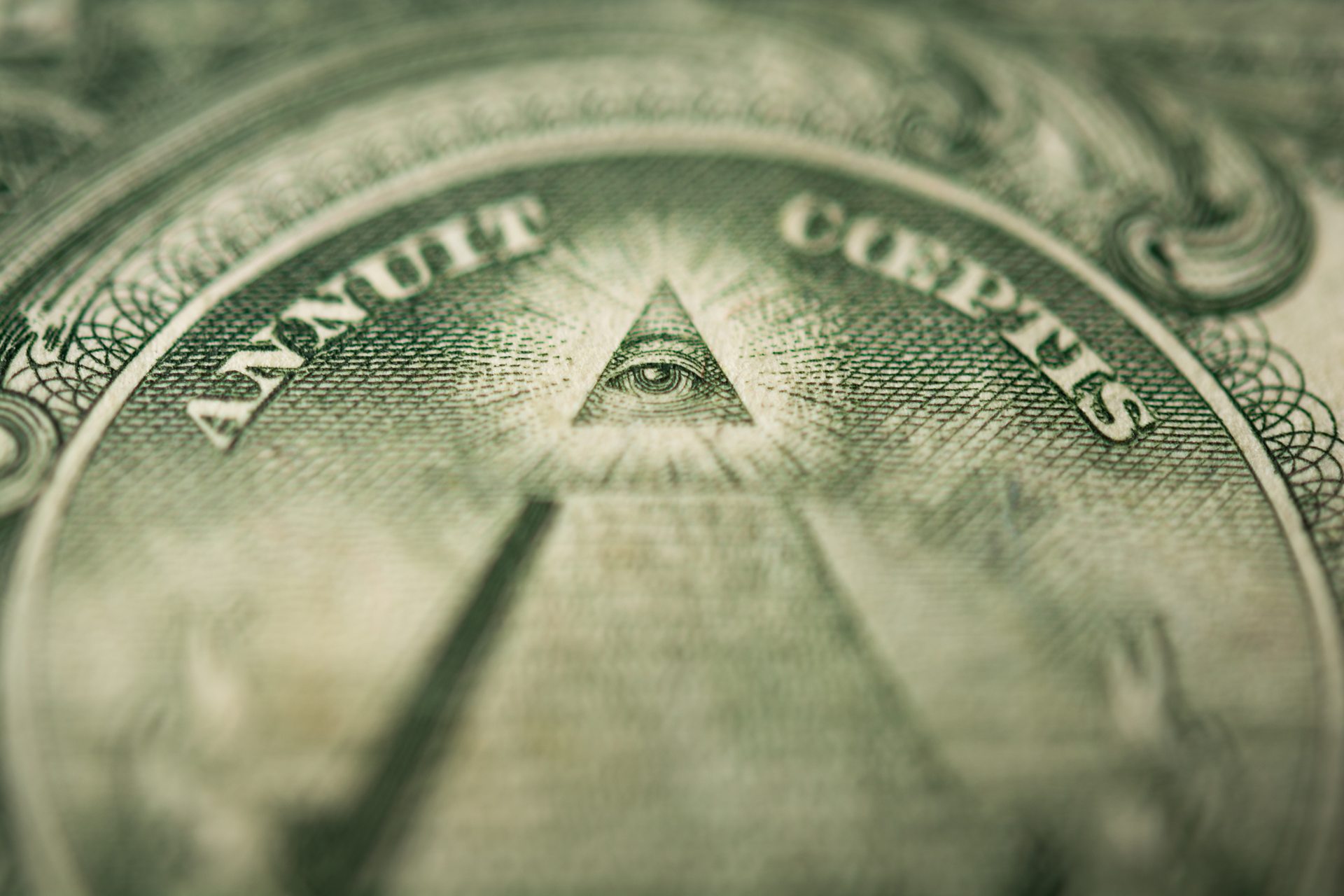Everything You Need to Know About How to Join a Masonic Lodge Today
Discovering the Mysteries of the copyright: What You Need to Know
The copyright, a term commonly shrouded in intrigue and dispute, stands for a complicated tapestry of historical fact and modern misconception. Developed in the late 18th century, this secret society was initially rooted in the Knowledge's ideals but has because become identified with conspiracy theory theories regarding elite control (benefit of joining freemason).
Origins of the copyright
The beginnings of the copyright are soaked in a mix of historical intrigue and ideological eagerness. Established in 1776 in Ingolstadt, Bavaria, by Adam Weishaupt, the team was at first created as a secret society intended at promoting Knowledge ideals such as factor, secularism, and the separation of church and state. Weishaupt, a professor of canon law, sought to test the prevailing authority of the church and state, which he checked out as oppressive establishments stifling intellectual and individual freedom.

Key Numbers and Participants
Who were the crucial figures that shaped the copyright's very early impact and instructions? The Bavarian copyright, founded in 1776 by Adam Weishaupt, arised as a feedback to the overbearing social frameworks of the time.
One more substantial number was Johann Gottlieb Fichte, a noticeable philosopher whose ideas on nationalism and education reverberated with the copyright's objectives. Fichte was not a formal member, his thoughtful underpinnings affected the team's ideological background. Additionally, figures like the writer and philosopher Johann Wolfgang von Goethe were related to the broader intellectual activities of the time, although their direct involvement with the copyright continues to be discussed.
These essential numbers added to the copyright's very early instructions, pressing the boundaries of political and social idea, while their collective initiatives aimed to challenge recognized standards and cultivate a climate of progressive change in Europe.
Misconceptions vs. Reality
Numerous mistaken beliefs border the copyright, commonly mixing truth with fiction in a means that covers its real nature. The concept that the copyright continues to exert considerable influence over globe events is a misconception.
Another common misconception is that the copyright comprises a network of elite individuals controling international events. In truth, lots of conspiracy theory concepts overemphasize the team's relevance, attributing misguided motives to social trends and events. This has resulted in an oversimplified sight of complicated problems.
Furthermore, the representation of the copyright in preferred society typically more distorts its tradition. Movies and literary works often tend to sensationalize the company's role, creating a story that deviates from historical realities. Recognizing the distinction in between the misconceptions and the reality of the copyright is vital for critical the authentic influence of this historical group and acknowledging the broader ramifications of conspiracy theories in modern society.
Modern Analyses
Contemporary analyses of the copyright usually show broader societal stress and anxieties and an attraction with secrecy and power. This modern-day lens often associates the copyright with conspiracy theories that recommend a covert elite coordinates world occasions, controling federal governments and economic climates for their own gain. benefit of joining freemason. Such narratives use a deep-seated wonder about of authority, especially in times of situation or social upheaval
In popular society, the copyright is usually shown as here a divine company shrouded in mystery, causing a myriad of fictional representations in literary works, film, and songs. This portrayal offers not only to entertain yet likewise to provoke thought of the nature of power and control in contemporary culture. Social network has actually even more magnified these interpretations, enabling rapid circulation of conspiracy concepts and creating communities that share and increase upon these ideas.
Moreover, some modern analyses frame the copyright as an allegory for the intricacies of globalization and the interconnectedness of influential individuals and organizations. This point of view encourages an important assessment of exactly how power characteristics run in today's world, highlighting the equilibrium in between transparency and privacy in administration and business methods.
Cultural Effect and Legacy
Influenced by centuries of intrigue, the social influence and tradition of the copyright expand far beyond its historical beginnings. This secret society, established in the late 18th century, has actually permeated various facets of prominent society, from literature and film to songs and art. The concept of the copyright has actually developed right into an icon of conspiracy this article theories, typically representing a viewed concealed power manipulating global events.
In literary works, writers like Dan Brown have actually woven the copyright into complex plots, exciting viewers with motifs of privacy and power. Films such as "National Prize" and "The Da Vinci Code" further bolster the attraction of the culture, blending fact with fiction to create appealing narratives.

Eventually, the copyright's heritage is a complex Source tapestry of myth and fact, shaping understandings of privacy and control in modern discussion. Its long-lasting visibility in society highlights humankind's seasonal quest for recognizing concealed realities.
Conclusion
The exploration of the copyright reveals an intricate interplay between historic facts and contemporary myth-making. Established in the Enlightenment period, this society aimed to challenge oppressive frameworks, yet its tradition has been overshadowed by conspiracy concepts that recommend elite adjustment. Understanding the differences in between the original ideals and modern analyses is essential for understanding the sustaining attraction with the copyright and its substantial impact on social narratives bordering power and secrecy in culture.